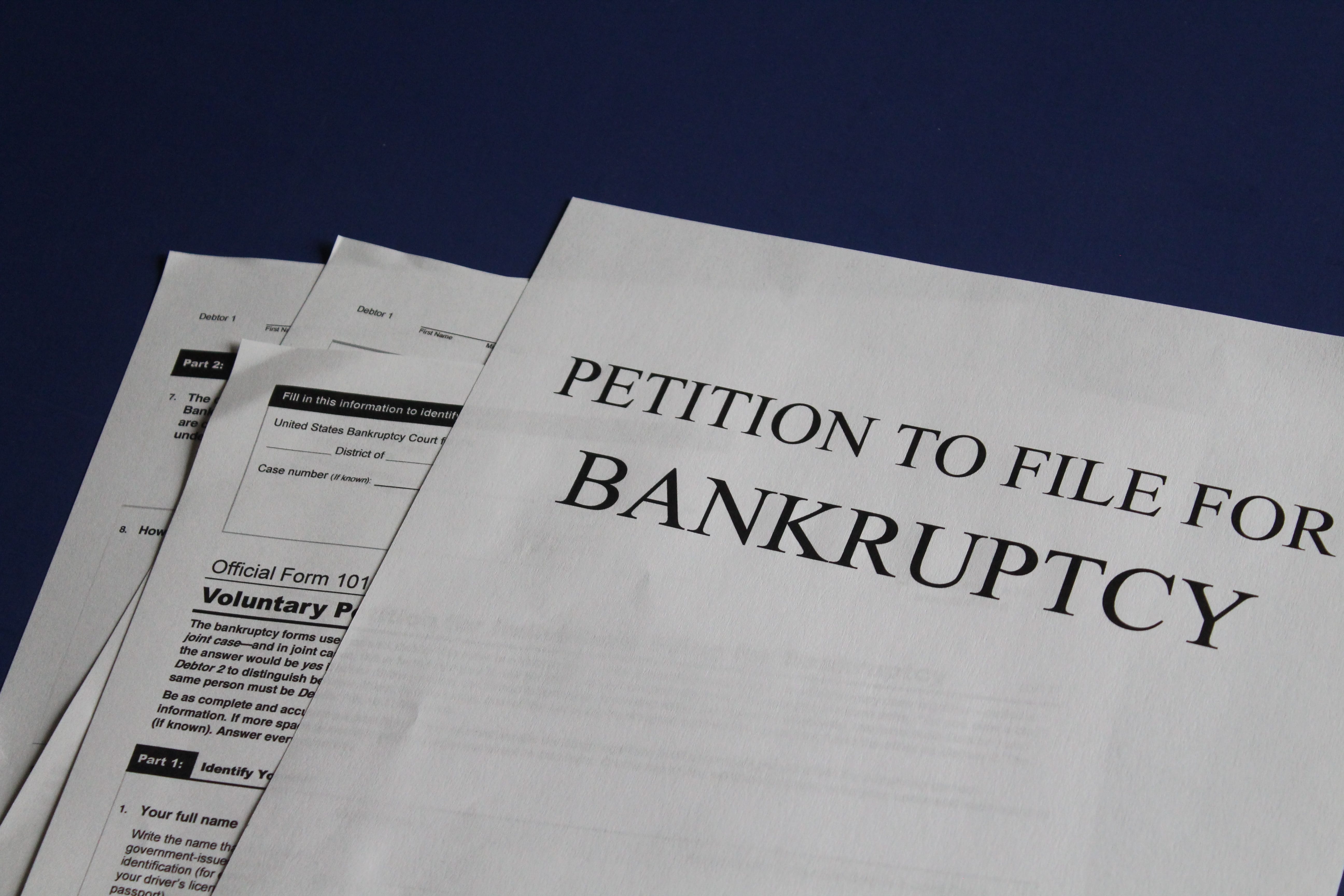If your business has been harmed by the global pandemic or civil unrest, this may be the solution you have been searching for to get your business back on its feet.
Countless small businesses find they cannot get their feet back under them following the global pandemic. Additionally, many now see their community destroyed by civil unrest following racial incidents in the country, and this setback appears to have doomed their business. Don’t give up all hope yet. Bankruptcy offers a solution for many organizations that need assistance at this time. The relief obtained by filing for bankruptcy depends on the option selected. As a result, business owners must understand how to deal with bankruptcy, and the following information will be of great help.
Sole Proprietors
Sole proprietors looking to file for bankruptcy discover their business isn’t considered a separate entity, and the owner becomes responsible for all debt associated with this business. As a result, any bankruptcy filing needs to include personal and business assets and debts. Business owners who wish to know more should consider benefiting from a free bankruptcy consultation.
Chapter 7 bankruptcy erases personal and business debts that qualify for relief, and this filing requires no payments on the part of the debtor. In most cases, finalizing the bankruptcy takes only a matter of months. However, all assets become part of the filing, and only those that are considered exempt may be retained by the debtor. The remaining assets go up for sale under the supervision of the bankruptcy trustee and any proceeds go to creditors.
Chapter 11 or 13 bankruptcy for sole proprietors allows for payments to be made by the debtor over a period of time. The debtor needs to show the court that enough cash comes in each month to make the payments, although the payments tend to be smaller than what the debtor has been required to pay out each month. Individuals wishing to keep their business open while ensuring the funds are available for daily operations often select this option. Those who don’t qualify for chapter 7 and those who want to keep more assets than permitted under chapter 7 should consider this option.

Corporations and Partnerships
Partnerships and corporations receive the right to file for bankruptcy. However, the court doesn’t discharge the business debts, as there are no exceptions when it comes to business property.
Companies looking to cease operations often use bankruptcy as a way to accomplish this goal. The company no longer needs to sell any business equipment, fixtures, or products or try to collect on outstanding accounts receivable. The trustee assigned to oversee the bankruptcy handles the liquidation of all business assets. Any proceeds from the sale go to creditors and the trustee handles the disbursement of these funds as well. This streamlines the process of closing the business while reducing the risk of one or more creditors claiming fraud.
Partners choosing to file for chapter 7 bankruptcy find they are personally responsible for any debt associated with the partnership. The bankruptcy doesn’t discharge this debt. As a result, the partners might find the shareholders become responsible for paying the debt if the creditors decide to initiate alter ego litigation, and some do choose to take this step to recoup part or all of the funds owed to them.
Partnerships and corporations cannot file for chapter 13 bankruptcy but may use a similar process known as chapter 11 bankruptcy. With this filing, the company receives the right to pay bills with lower monthly payments. However, creditors receive additional rights when this option is selected and legal fees tend to be higher.
Consider the pros and cons of each bankruptcy filing option before proceeding. Relief from overwhelming debt is available if one knows where to turn. If your business has been harmed by the global pandemic or civil unrest, this may be the solution you have been searching for to get your business back on its feet. Learn more today if this is the help you need during a difficult time. Many will discover it is.


Join the conversation!